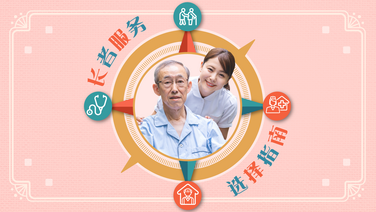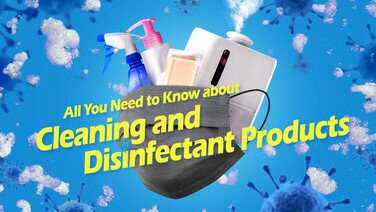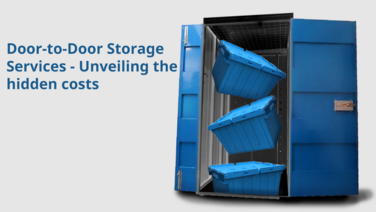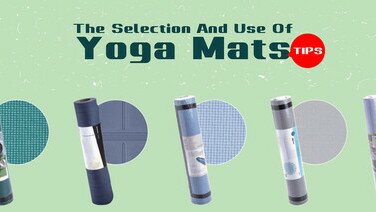Rediscover "Caffeine"
Why is it called "caffeine"?
Coffee can reinvigorate the mind, relieve fatigue and energise the body. All these effects are brought about by "caffeine". Caffeine is a central nervous system (CNS) stimulant. Through stimulating the CNS, one can feel refreshed and become more focused. However, excessive intake will cause side effects such as an increase in heart rate and anxiety. In fact, caffeine is not unique to coffee. It can also be found in tea, cocoa and other plants. It is named “caffeine” as it was first discovered in coffee. After its discovery, caffeine has become an indispensable part of our daily lives. Nowadays caffeine can be found in all types of drinks, such as Coke, milk tea, lemon tea, and even some chrysanthemum tea and sports drinks, giving consumers a boost of energy after consumption.
Help! I might be a little addicted...
The “love affair” with caffeine has made people focus only on the good aspect, such as its refreshing effect, but ignore the potential downside that it can be addictive. But as long as you avoid excessive intake, you can still enjoy coffee with peace of mind. Health organisations around the world have yet to suggest a universal standard for appropriate intake level, but children, adolescents, and people who suffer from high blood pressure, arrhythmia, mental illness, neurological diseases, and certain liver and kidney diseases, as well as women who are breastfeeding should pay attention to their intake level. Pregnant women are advised to limit their daily caffeine intake to no more than 200-300mg.
If you find yourself becoming dependent on caffeine, it may be time to cut down. Instead of stopping abruptly, you can try to gradually reduce the amount, or replace it with "decaffeinated" coffee first!
Weak coffee might not contain less caffeine
It is more difficult than you think to figure out the caffeine content. Want to drink coffee without consuming too much caffeine? Many people tend to avoid drinking dark, bitter coffee. However, the strength of taste does not necessarily reflect the caffeine content. Consumers should not “guesstimate” the caffeine content purely based on the taste.
Food labels may not have the right information on caffeine
Have you noticed that the word “caffeine” pops up on the food labels of many energy drinks, but cannot be found on coffee products? It is because under Hong Kong legislation, only non-naturally occurring ingredients need to be listed. As caffeine exists naturally in coffee, there is no need for extra disclosure. Furthermore, food and beverages sold in Hong Kong do not need to disclose their caffeine content. If you belong to the high-risk groups mentioned above, then remember to pay extra attention!
A Must-have for Urban Espresso Lovers: Automatic Espresso Machines
Select an espresso machine carefully to make that perfect cup of espresso
Want to enjoy the indulgent aroma and taste of fresh coffee both at work and at home? Maybe it is time to invest in an espresso machine! Espresso machines have many functions nowadays, and some even have a milk frother, just like a self-contained mini café in itself! In addition to the flavour of the espresso, other deciding factors include the speed of the machine, energy efficiency, drip, etc. Espresso machines can generally be divided into 3 categories:
- Semi-automatic: Only ground coffee can be used. It involves a more manual process, such as grinding coffee beans, loading the portafilter, and tamping. Coffee enthusiasts could really enjoy the process given the high level of customisation and hands-on experience.
- Fully automatic: Coffee beans are placed into the machine, which grinds the coffee beans into powder then brews fresh espresso. This option offers a balance between convenience and enjoyment.
- Pod / capsule coffee machines: This type of coffee machine uses pre-packaged pods or capsules. You can enjoy a fresh cup of coffee by simply inserting the pod / capsule and pressing a button. It is the most convenient option though it does not offer much room for customisation.
Putting the same beans into different espresso machines may produce vastly different results. For example, the temperature and aroma could vary a lot. No wonder the price range of espresso machines runs the gamut from below $1,000 to over $10,000. Before buying an espresso machine, you may want to read the article “Speed of Espresso Machines Could Vary by 3 Times” from CHOICE Magazine, Issue 504. The Consumer Council tested a number of popular espresso machines, which will hopefully help you to select your ideal model to make that perfect cup!
“Convenience” vs “Environment” – Make the right choice today
Nowadays, capsule espresso machines are becoming increasingly popular. However, at least 1 capsule is used for every cup of espresso, which is indeed not environmentally friendly. In fact, not all capsules are made of plastic — some are made of aluminium. The former cannot be recycled, but the latter can! Consumers can bring the used aluminium capsules back to the stores or to have them collected during the next delivery.
If you opt for plastic capsules, then at least don’t waste the coffee grounds after use. Similar to ordinary coffee grounds, these residues have many uses (especially as a deodorizer) and can be recycled. Much like activated carbon, these coffee grounds are porous. Once dried, they can be used to absorb moisture and deodorize, and are ideal for shoe cabinets or refrigerators. If your kitchen sink and drain pipes have an unpleasant or greasy smell, instead of using chemical products, you may try sprinkling coffee grounds in the sink and rinse with running water.
For more espresso machine reviews and tips, please refer to the article, “Espresso Made by Some Espresso Machines are Not Hot Enough” from CHOICE Magazine, Issue 475.
Watch Out! Energy Drinks May Have a Higher Caffeine Content than Coffee!
Energy drinks and sports drinks are different
For those who don't like coffee but are in need of an energy boost, "energy drinks" are considered by many as good substitutes. Do you know that energy drinks are different from sports drinks, and that consuming energy drinks during physical exercise may pose health risks?
Energy drinks usually contain caffeine. In some instances, a bottle of energy drink may contain more caffeine than a cup of coffee. Although they can increase alertness and augment physical performance, one must pay attention during consumption. On the other hand, sports drinks usually contain electrolytes which help replenish water and electrolytes lost during exercise, and are generally caffeine-free.
Although many stores put these 2 types of drinks next to each other, they are actually very different. Sports drinks can’t boost energy. If you’re tired in the office, sports drinks will not help. On the other hand, energy drinks are not intended for consumption during exercise. It can even be counterproductive and prevent the body from performing at its best.
Misconception: Energy drinks are energy boosters
Don't be fooled by the name! The word "energy" does not translate to "calories" in a nutritional sense. Instead, caffeine is added for a rapid energy boost. However, caffeine cannot eliminate fatigue during exercise. Instead, it can dehydrate and hinder the body's recovery process, making the body “energy-less”. The French Agency for Food, Environmental and Occupational Health & Safety (ANSES) recommended consumers to avoid consuming energy drinks during physical exercises to prevent people with genetic conditions from having severe adverse reactions or heart failures.
In addition to caffeine, these energy drinks are often loaded with sugar. If you want to pick the right drink to boost performance, you may want to read the article “Energy Drinks Contain Caffeine and Sugar. 1 Cup of Coffee is Equivalent to 10 Sugar Cubes” from CHOICE Magazine, Issue 451.











